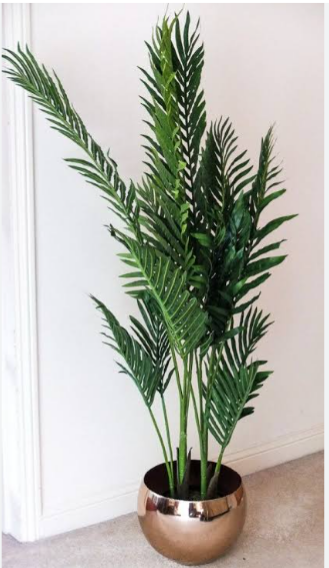
All plants and animals are living organisms. They have life in them and possess the following characteristics which makes them to be referred to as living things. 1. Living things have a definite life span made up of a period when they where giving birth to and when life seizes ( that is death). 2. Living things are produced by organisms of their kind called parents by a process called reproduction. 3. Living things are made up of one or more cells. One celled organism is called unicellular organism while many celled organisms are called multicellular organisms. 4. Living thing need regular supply of energy to maintain their constant activities. This energy is derived from the food they consume. The food consumed is chemically broken down (respiration) to liberate energy. 5. Living things grow, mature and eventually die. 6. Living things eleminate metabolic wastes from their cells to outside their body by a process called excretion. 7. Living things can secrete substances called enzymes and hormones from organs in their body to maintain their internal and external environments. 8. They have ability to respond to factors in the environment. This process is called sensitivity or irritability.Non living things such as stones, plastic, glass, paper, etc do not possess these characteristics because they have no life in them and this distinguish them from living things.
INTERDEPENDENCE OF PLANTS AND ANIMALS
Both plants and animals depend on one another for survival. The following shows how they depend on each other. 1. RESPIRATION: During photosynthesis, green plants produce oxygen which is used by animals to respire. Animals in return also give out carbon dioxide during respiration which plants also use during the process of photosynthesis . Note that plants also use oxygen at night for respiration. 2. When animals die and their body decay, minerals in their decayed body are left in the soil which are used by plant to grow and develop. 3. Green plants synthesise food for all animals. 4. Animal wastes such as poultry droppings and ruminant dung, when passed out form part of the soil which are food to plants. 5. Animals such as birds, insects, ruminants and even man help during pollination process and dispersal of seeds. This brings about food for animals in return.
PLANTS
Plants are living things that are found everywhere. There are about 250,000 plant species on earth with over 300 families and they can be found on land, in water bodies, etc. They are source of food to animals and man, source of clothing materials, and for other purposes. Green plants manufacture their food through the process called photosynthesis. They use the pigment called chlorophyll to carry out the process. Not all plants have chlorophyll, some plants have other pigments apart from chlorophyll to manufacture their own food. Chlorophyll can only be found in green parts of the plants such as the leaves, stems and buds etc. Apart from photosynthesis, plants also absorb nutrients from the soil using their root system. Plants that grow on land called terrestrial plants are of different classes. 1. CLASSIFICATION OF TERRESTIAL PLANTS BASED ON STRUCTURES AND FORMS . There are Five types of plant based on this classification. Herbs, shrubs, trees, vines, and Linanesa) ) a) HERBS: These are small vegetation with soft fleshy stem. They includ grasses, arable crops, small legumineous plants and vegetables etc.
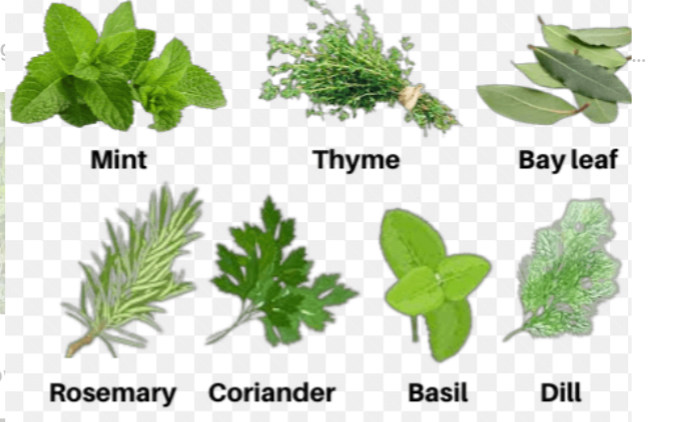
b) SHRUBS: These are low dwarf trees with woody stem and atimes with several branches. They include hibiscus plant, cotton, ixora, queen of Philippine etc. They can be ornamental plants, short fruit trees, etc) c) TREES: These are tall single woody stem plants with branches at the top. They produce timber, fruits, medicinal herbs, and home for animals. Some trees have no branches such as palms,. Other trees include mango and orange tress, myhogany, teak, leucaena trees etc. d) VINES: These are plants with trailing stem. They wound round stakes. The stakes may be trees, crops with erect stems or cut stakes. Examples include trailing yams.
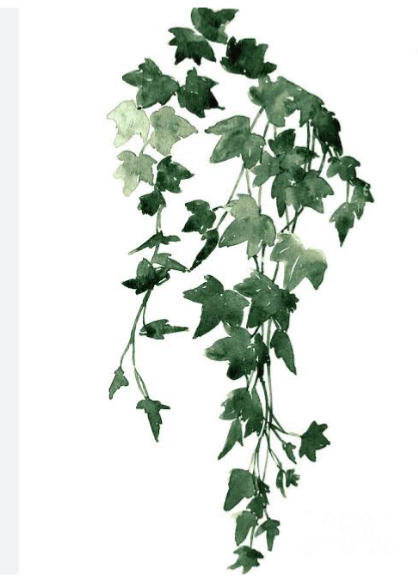
e) LIANES: These are plants with large vines. Examples include Tetracarpidium conophorum.
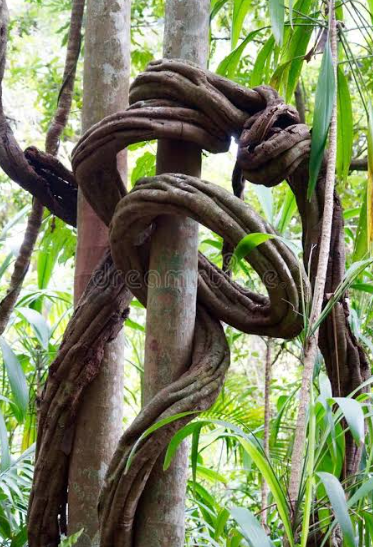
2. CLASSIFICATION OF PLANTS BASED ON LIFE Cycle (ONTOGENY) OR GROWTH CYCLE . Based on life cycle, plants can be classified into annual, biennial, perennial and ephemeralsa) ANNUALS: These are plants that develop fully in one season. They complete their life cycle from seed germination to harvesting ( vegetative and reproductive parts) within a one year. They include: grasses, many herbs, maize, cowpea, Groundnuts, cotton etc. BIENNIALS: These are plants that complete their life cycle from seed germination to harvesting within two years. They use the first year to develop their vegetative parts and the second year to flower and produce fruits and then die. Examples include: carrot, onion, cabbage, cassava, sugar cane etcc) PERENNIALS: These are plants that spend a number of years to complete their life cycle. That is, more than two growing seasons. They include : mango, Citrus, Cocoa, Kolanut, etc d) EPHEMERALS: These are plants that complete more than one life cycle within a year. That is, they an be planted and harvested more than one time in a year. Example include melon and maize. Some Maize varieties can be planted three time a year in the tropics. 3. CLASSIFICATION OF PLANTS BASED ON LEAF RETANTION. a) DECIDUOUS PLANTS :These are the temperate trees that shed their leaves so as to prevent loss of water during summer season. For example Indian almond. b) EVERGREEN PLANTS : These are the tropical trees that shed and replace their leaves gradually so that they always remain green. For example palms and bamboo. 4. CLASSIFICATION BASED ON CLIMATIC ADAPTATION a) TROPICAL PLANTS: These plants can only survive under hot weather conditions. They will be killed by frost. b) TEMPERATE SUB-TROPICAL PLANTS: c) TEMPERATE PLANTS. : This are plants that only survive under cold weather conditions. They will be killed under hot weather condition. 5. CLASSIFICATION OF PLANTS BASED ON BOTANICAL NAMES OR SCIENTIFIC NAMES. Botanical classification of plants uses the principles of plant taxonomy developed by Carollus Lineus. Based on botanical names, plants are given two names. The first name is the genus or generic name while the second name is the species or specific name. Certain rules guide the use of this type of classification in naming organisms (not plant alone)
RULE 1: The first letter of the genus name must be in capital letter RULE 2: All other letters both in the genus and specific name except the first letter of the genus name must be in small letters. RULE 3: If the name should be printed, it must be italicised but if written, they must be underlined separately.
For example. Maize—–Zea mays.
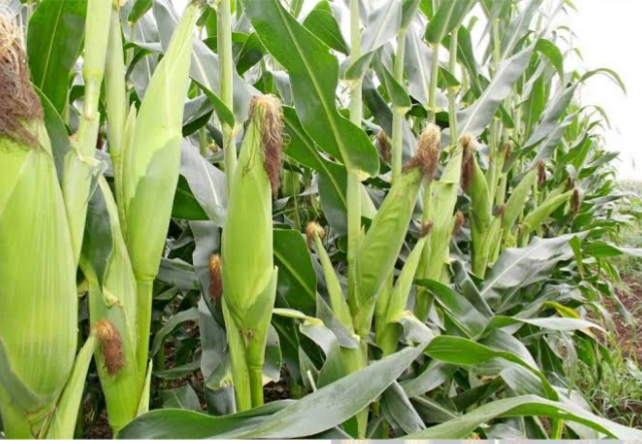
Cassava—-Manihot esculenta
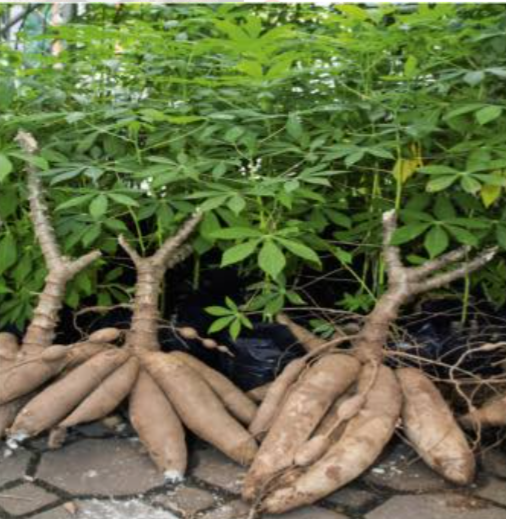
The advantage of botanical names overcommon names is that. 1. botanical names establishes the genetic closeness of plants with their wild relatives. 2. Botanical names are names used all over the world to call the same plants species. Each tribe in each country have their own local names used to call each plant. The botanical name unites the whole continents.
BINOMIALS OF SOME COMMON PLANTS. 1. Vernonia amygdalina—Bitter leaf. 2. Lycopersicum esculentum – – Tomato. 3. Abelmoschus esculentus—Okra. 4. Solanum gilo—-Garden egg. 5. Corchorus olitorus—-Jews mallow. 6. Capsicum annum var. annum – – Bell pepper. 7. Capsicum frutescens-—Chilli pepper. 8. Curcubita maxima—Pumpkin. 9. Allium sepa—- Onion. 10. Pennisetum purpureum–Elephant grass. 11. Carica papaya—-Pawpaw. 12. Musa spp—Banana,plantain. 13. Citrus sinensis—Sweet orange. 14. Citrus paradisi – – – – Grape. 15. Citrus limon—-Lemon. 16. Citrus reticulata – – – -Tangerine 17. Citrus aurantiifolia—Lime. 18. Passiflora edulis-–Passion fruit. 19. Ipomoea batata— sweet potato. 20. Euphorbia kamerunica—Cactus plant etc.
6. AGRONOMIC CLASSIFICATION OF PLANTS (ECONOMIC USES)
This is the classification of plants based on common agricultural uses. Some crops fall into the same agronomic classes. For example, Coconut can fall into oil crop and at the same time fall into fruit crop. Likewise, maize can be arable crop and forage crop etc. Some of the classes include:
A) FIELD OR ARABLE CROPS: These are any herbaceous plants grown on a large scale in cultivated fields: they include
a) Grains or cereals : Triticum vulgar (wheat) , Hordeum vulgare ( barley) , Zea mays ( maize) , Oryza sativa (rice) , Sorghum spp (sorghum) , rye, Panicum miliaceum (millet) and oats etc,
b) Grain legumes or pulses such as dry green/yellow peas, lentils, Vigna unguiculata (cowpea) , Arachis hypogea (groundnut) , Cajanus cajan (pigeon Pea) , etc
c) forages,(discussed delow)
d) sugar, : Saccharum officinarum (sugarcane)
e) fiber crops,: Gossypium hirsutum (cotton) , Hibiscus cannabinus (kenaf) , jute, Agave sisalana (sisal)
f) Root and tubers: Root crops include Manihot esculenta (cassava) while tuber crops include yam, Xanthosoma saggitifolium (cocoyam) , potatoes either Ipomoea batatas sweet or Solanum tuberosum( Irish) potatoes
g) oil: Arachis hypogea (groundnut) , Glycin max (soybeans) etc
B) HORTICULTURAL CROPS: These are plants that produce perishable crop products which are easily predisposed to spoilage during handling process. There are two divisions of Horticultural plants. Food crops and Ornamental plants.
FOOD CROPS: Food crops are crops grown Majorly for consumption such as fruit production (pomology) and vegetable production (Olericulture) . Examples of fruits include fruits oranges, pineapple, mango, guava, soursop, watermelon, avocado etc. While examples of vegetables include: Amarants, celosia, lettuce, gabbage, okra, etc.
ORNAMENTAL PLANTS: Ornamental plants are also called garden plants. They are grown for their beauty and often used in landscaping to add color, scents and beautify the garden. Ornament plants are subdivided into floriculture and landscape Horticulture plants. Examples of such plants include rose plant, queen of phillipine, marigold, Crotolaria, Pride of Barbados, etc.
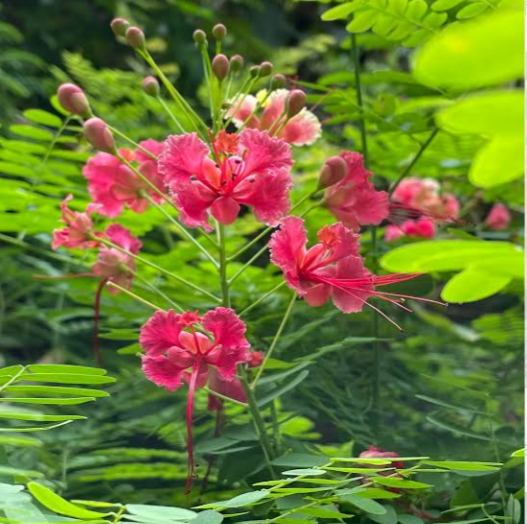
C) VEGETABLE CROPS: These are the plants that produce edible, fresh and succulent parts that can be eaten raw or cooked. These edible parts exclude the seeds.
Vegetables are good sources of protein, vitamins, minerals and fibre.
There are different classes of vegetables. They include:
Leafy vegetables: The leaves of these vegetables are consumed. Examples include Amaranthus cruentus, Corchorus olitorius, etc
Fruit vegetables: The fruits of these vegetables are consumed. Examples include Abelmoschus esculentum (okra), Lycopersicum esculentum (tomato)
Root vegetables: Examples include Daucus carota (carrot), Allium cepa (Onion) etc.
D) FORAGE CROPS: These are crops grown in pasture for the purpose of providing her age for livestock. The crops can be cut green and fed green directly to ruminants or cut and preserved as silage or hay which are latter fed to livestock at dry season. When forage crops are cut and fed to animals fresh or dry, they are refer to as fodder. Examples of forage crops include maize, elephant grasses, sorghum, millet, , Pueraria, Centrosema, Calapogonium etc.
E) PLANTATION OR PERMANENT CROPS: Plantation crops are also refer to as tree and shrub crops. They are grown on extensive land scale for export action or industrial uses. The plants remain on the field for any years. Thus reason they are referred to as permanent crops. The plant contribute to the national domestic products (GDP) of countries, they provide food for man and animals, they provide medicinal herbs, their falling leaves decompose to improve soil fartility, they provide clothing materials etc.
Plantation plants especially trees have the following classes
–BEVERAGES AND STIMULANTS: They include crops used for drinks such As Theobroma cacao (Cocoa) , coffee and Cola nitida (Kola nut) , other include Cannabis sativa (India hemp) , Nicotiana tabacum ( tobacco) , tea etc.
– LATEX PLANTS: These are the elastomers. They Include rubber trees.
–OIL PLANTS: They produce oil. They include oil palm, coconut, Cashew, sea butter tree, etc
–FRUIT PLANTS: They produce edible fruits which may be eaten raw or cooked. They include Citrus, Mangifera indica (mango) , Musa spp (Plantain, Banana) Anacadium occidentale (Cashew), Plukenetia conphora ( walnut).
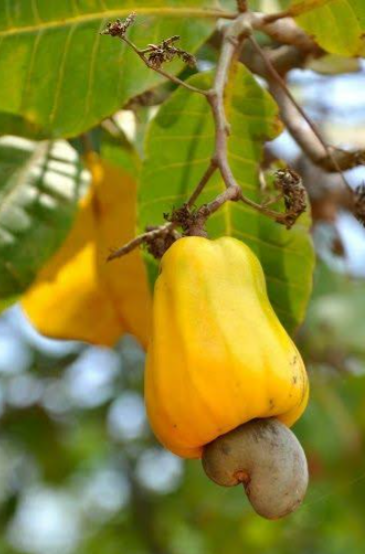
7. CLASSIFICATION OF PLANTS BASED ON THE PURPOSES THEY ARE USED FOR (SPECIAL PURPOSE CLASSIFICATION)
This classification explain more on the purposes for which different plants are used for. Some of the special purpose groups include:
a) FORAGE CROPS: These are plants cut freshly green and fed green directly to animals such as ruminants. At this stage, such forage plants are called SOILAGE CROPS.
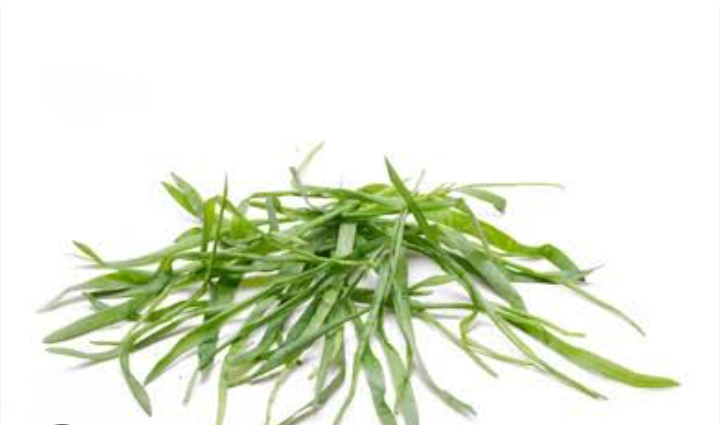
When forage plants are cut and Preserved by partial fermentation in a tight container, they are called SILAGE CROP.
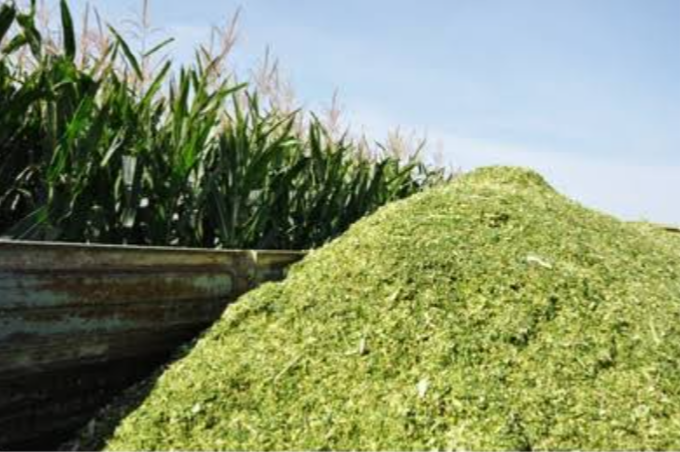
When forage plants are cut green and dried before feeding to livestock, they are called HAY.
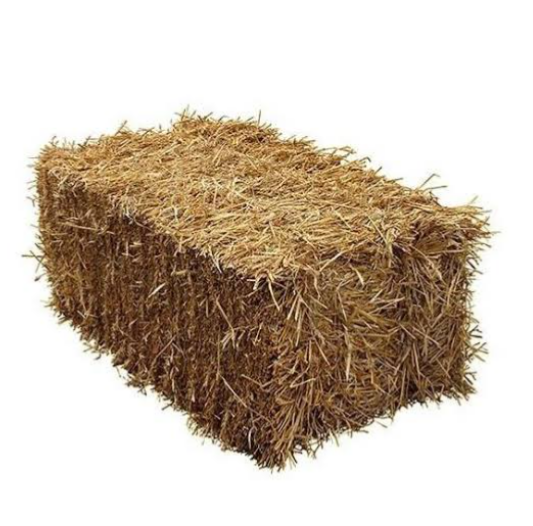
The hollow stem of cereal plants and grasses dried and used for bedding materials in livestock pen or building material is called STRAW.
Examples of forage plants include maize, sorghum, millet, elephant grass, Gliricidia sepiun etc.
b) COVER CROPS: These are plants cut to provide soil cover, improve soil fertility and produce food and feed for human and Livestock. They are grown during the dry season or intercropped with other crops. They may be left to grow through out the growing season or cut and left on the soil surface as mulch. Examples include, jack bean (Canavalia ensiformis), Cowpea, Centro (Centrosema pubescent), Lablab (Dolichos lablab), Pigeon Pea. ( Cajanus cajan) etc.
c) GREEN MANURE PLANTS: These are plants grown to be ploughed under or disc into the soil to increase soil fertility when they decomposed. Legumes are good examples of green manure as they supply nitrogen to the soil. Examples include soybean, cowpea, pigeon Pea, etc.
d) FODDER PLANTS: These are plants majorly trees that produce leaves and pods which are fed to livestock. They are planted around the field to make fences and planted along contour lines as to control erosion. They are also grown in rotation with arable crops like maize and sorghum. They are good source of soil nitrogen. Examples include Sunn hemp (Crotalaria grahamiana), sesbania (Sesbania sesban), leucaena ( Leucaena trichandra). Others include Acacia
e) MISCELLANEOUS PLANTS: They include flavouring and medicinal plants like peppermints, eucalyptus, vanilla, Aloe Vera plants etc.
